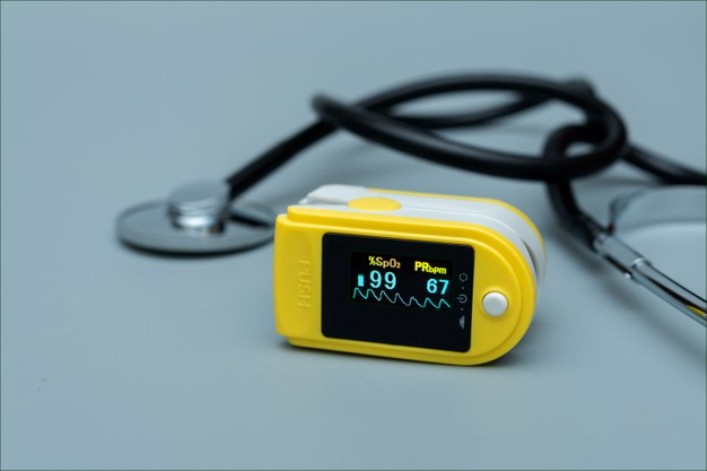How to measure oxygen saturation without pulse oximeter

February 22, 2021
If we look around, we can see that there are things that no longer have any value to us. Material things, maybe a plant that we no longer like, a car that is more the time that is broken down and we want to throw it away. In short, something that does not affect us in terms of health. In the case of oxygen it is not the same, since obviously we could not exist without this precious element.
There are many causes outside our body that can affect oxygen saturation in our blood, the environment, diseases; variants that mean a significant deviation and that would be of great concern to us.
Oxygen in our bloodstream
The one who is responsible for carrying oxygen in our bloodstream is hemoglobin and where there are binding sites have a clinical importance, since at these sites the measurement is much more effective, especially if the reading is very low.
There are several ways to measure oxygen in the blood, especially today with respect to the COVID-19 pandemic, a number of teams have proliferated that, while creating a placebo effect on the population, believing they are doing the right thing and could be far from right.
Methods for measuring oxygen saturation
Traditional methods in terms of traditional medicine are concerned, we can cite two, which are usually quite invasive, this since it is necessary to have contact with the blood in order to extract the necessary data from oxygen saturation.
One of them is the measurement of arterial oxygen saturation, where a blood gas analyzer is involved. It is considered one of the most accurate methods in terms of measuring saturation, but its main drawback is the need to draw blood in order to perform its analysis.
The other option is mixed venous measurement, this requires performing a puncture in the pulmonary artery and then inserting a catheter through the flow of the artery, where a fiber optic probe connected to an oxymetric monitor is inserted, although it does not need to draw blood, it is quite invasive.
Other methods
Now, at the other end we can find oxygen saturation in tissues and peripherals, they are two rather practical methods not invasive but that do not match the methods that have contact with blood directly. These methods base it’s study on infrared spectroscopy; it is a method that is used to illuminate chemical compounds, this works by pressing it against the skin.
Peripheral study is a more versatile method that is widely used and many advantages are evident over other methods. It is known as pulse oximetry, it uses two light sources, one red and which gets very close to the infrared and takes the absorption of the tissue. Pulse oximetry has a wide variety of applications and devices that are currently quite in demand, can be found on smart watches, tablets, finger devices, etc.
As already mentioned, they work with a red light and an infrared, these are absorbed by the blood, when infrared light is reflected or its damping is higher, indicates that the saturation is very good, now if the damping of the red light is higher, means that the saturation is below normal. There are other factors that can disturb the reading of the data, such as movement, such as devices placed on the fingers, wrists or lobe of the ear, will depend on where the sensor is placed.
Smartphone applications
The latest studies reveal that smartphone applications that are used for oxygen saturation measurement, are not recommended. There have been much studies with very bad results, the data that is obtained, are not entirely reliable.
Many of these devices use the white light of the camera flash to perform this study, when we know that pulsioximetry requires an infrared light source. In fact many applications have been withdrawn from the market for not complying with a medical endorsement, and those that remain, let their users know that it should only be used for sports actions but not for pathological medical information.








